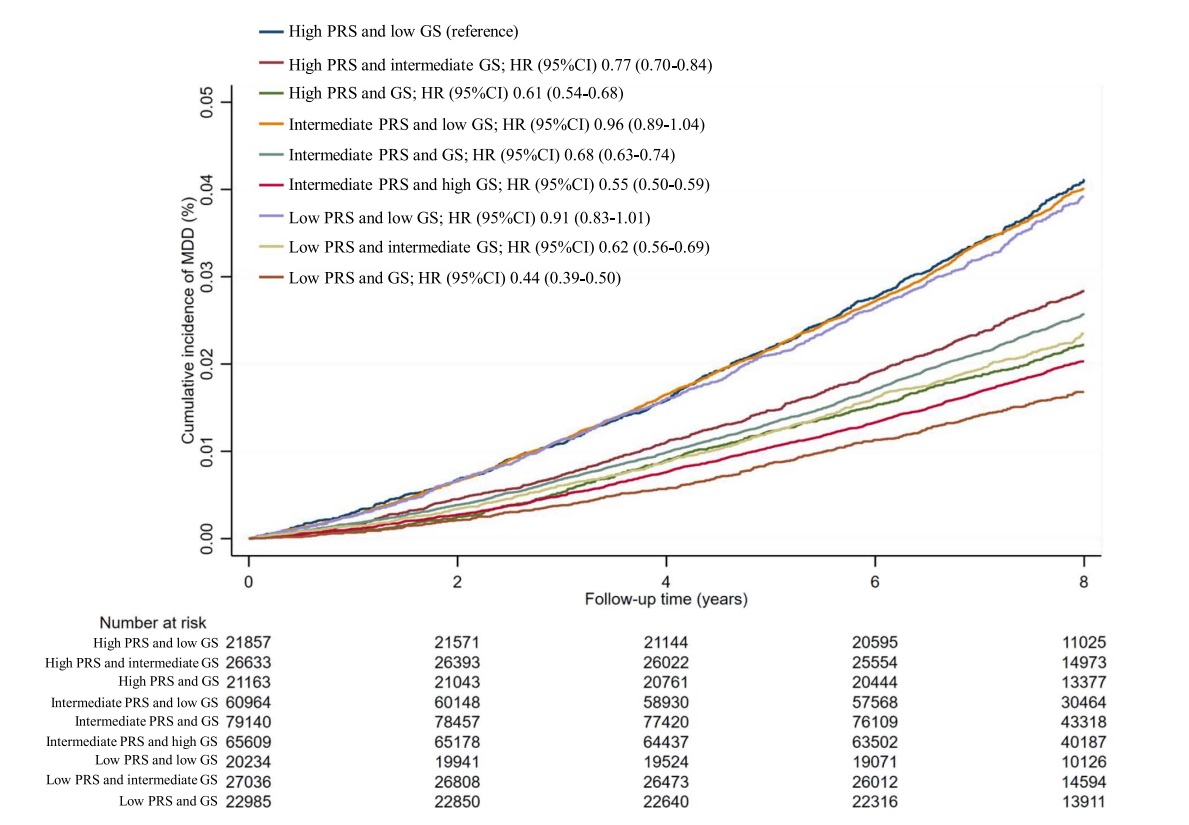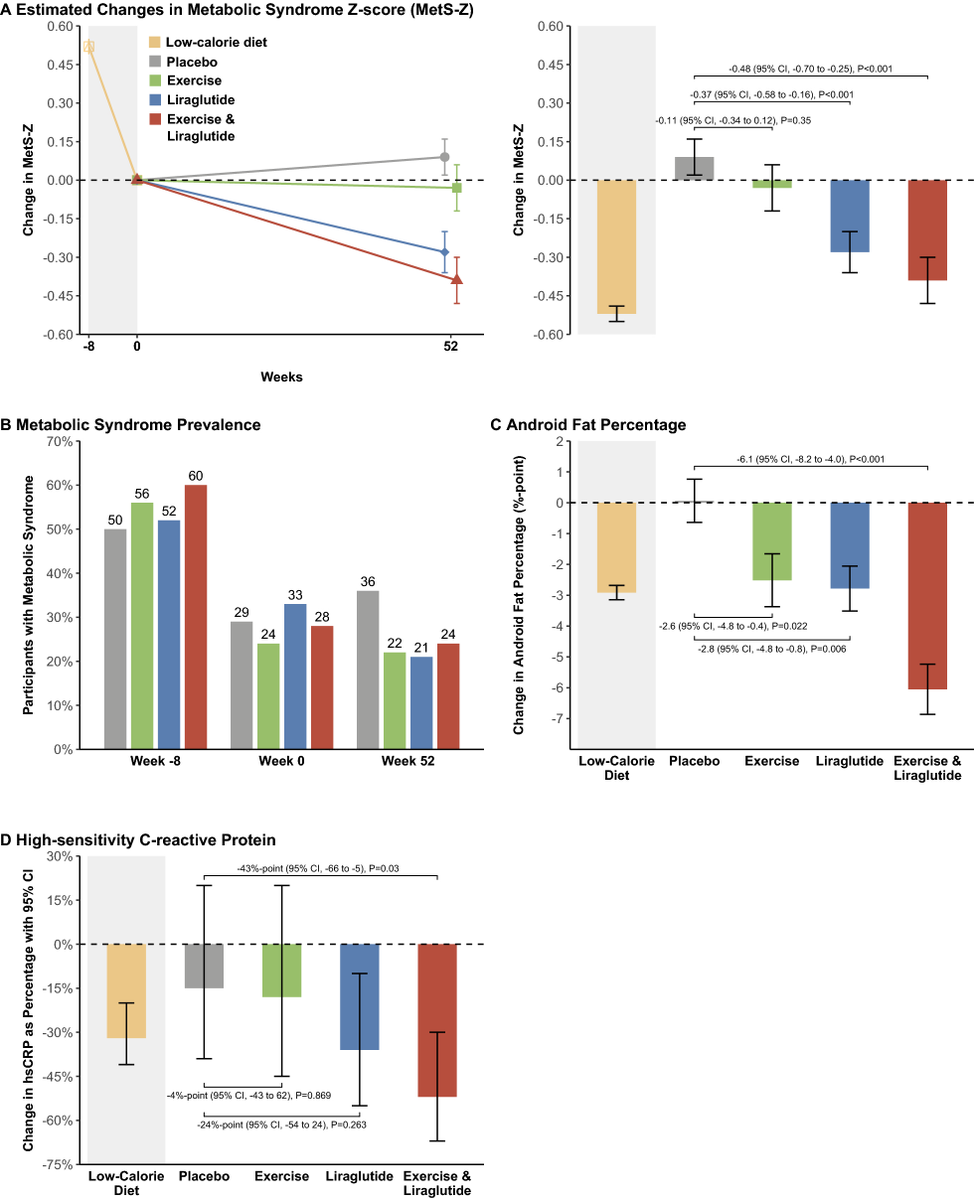
This systematic review and meta-analysis suggests that the use of moderate hypoxia, and/or moderate training loads & longer inter-set rest intervals under hypoxia are likely to produce small to medium beneficial effects in resistance training outcomes.
- The aim of this paper was to perform an updated systematic review and meta-analysis to explore the effect of resistance training under hypoxic conditions on muscle hypertrophy and strength development versus normoxia.
- Similar to previous studies, a simple pooled analysis without controlling for covariates did not provide compelling support for a potential benefit of resistance training under hypoxic conditions versus normoxia on muscle hypertrophy and strength development
- However, subanalyses of data, suggested a small to medium advantage in the use of moderate training loads and longer inter-set rest periods in resistance training at moderate hypoxia on muscular adaptations compared to the same training protocol under normoxic conditions.
More specifically, training programs that employ loads between 60 and 80%1RM and inter-set rest intervals ≥ 120 seconds appear to show greater increases in muscle strength and cross sectional area (CSA) compared to normoxia.
- Finally, moderate hypoxia (14.3–16% FiO2) appeared to be suitable for improvements in muscle hypertrophy compared to severe hypoxia, while this covariate did not appear to be relevant to gains in strength development.
Efficacy of resistance training in hypoxia on muscle hypertrophy and strength development: a systematic review with meta-analysis (open access)
doi.org/10.1038/s41598…
#exercise #Workout #TrainHard #GymLife #GymTime #muscle #strength #lift #GetStrong #hypertrophy #gainz #gains
doi.org/10.1038/s41598…
#exercise #Workout #TrainHard #GymLife #GymTime #muscle #strength #lift #GetStrong #hypertrophy #gainz #gains
• • •
Missing some Tweet in this thread? You can try to
force a refresh









